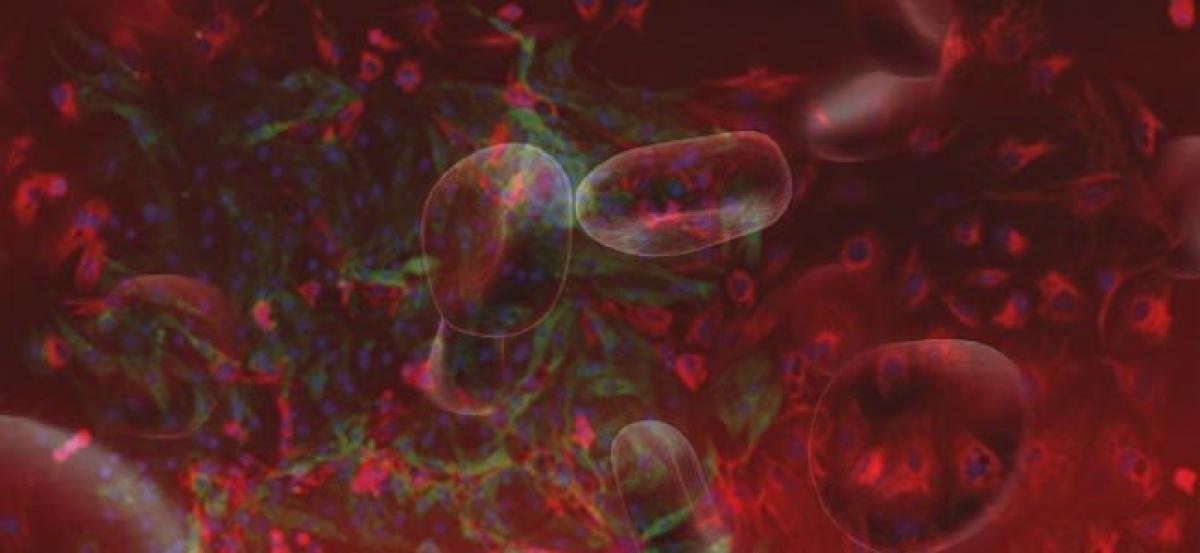Live
- Sri Aurobindo’s vision: Bridging the gap for holistic human evolution
- Sri Radha Govinda Ratha Yatra conducted
- A feast of music, dance and drama
- Mohan Babu denies absconding amid legal controversy
- Swift City to boost industrial growth in Bengaluru
- Allu Arjun walks out free after spending night in jail
- Congress harbours no grudge against any actor: TPCC chief
- Allu Arjun meets Upendra after release from prison, wishes for his ‘UI’ film
- Government Launches Uniform Diet Plan to Boost Student Health and Education
- Robust Security Arrangements for TSPSC Group-2 Exams in Jogulamba Gadwal
Just In

Scientists have created a \"living diode\" using heart cells, an advance that could pave the way for next generation of biorobotics and novel treatments for muscle-related health problems.
Washington: Scientists have created a "living diode" using heart cells, an advance that could pave the way for next generation of biorobotics and novel treatments for muscle-related health problems. Bioengineers from University of Notre Dame in the US created the muscle-based circuitry through a novel, self-forming, micro patterning approach, which can be used for cell-based information processing.
The advance takes researchers a step closer to mimicking the way biological systems interact and process information in the body - a vital step towards developing new treatments for muscular degenerative disorders, arrhythmia and limb loss. Using muscle cells opens the door to functional, biological structures or computational tissues that would allow an organ to control and direct mechanical devices in the body.
The design arranges the two types of cells in a rectangular pattern, separating excitable cells from nonexcitable cells, allowing the team to transduce electrical signals unidirectionally and achieve a diode function using living cells. In addition to the diode-like function, the natural pacing ability of the muscle cells allowed the researchers to pass along information embedded in the electrical signals by modulating the frequency of the cells' electrical activity.
"Muscle cells have the unique ability to respond to external signals while being connected to fibroblasts internally through intercellular junctions," said Pinar Zorlutuna, assistant professor at University of Notre Dame. "By combining these two cell types, we have the ability to initiate, amplify and propagate signals directionally," said Zorlutuna.
"The success of these muscle-cell diodes offers a path towards linking such cell-based circuitry to a living system - and creating functional control units for biomedical engineering applications such as bioactuators or biosensors," he said. The research presents a new option in biocomputing, which has focused primarily on using gene circuitries of genetically modified single-cells or neuronal networks doped with chemical additives to create information processing systems.
The single-cell options are slower to process information since they relay on chemical processes, and neuronal-based approaches can misfire signals, firing backward up to 10 per cent of the time.
The study was published in the journal Advanced Biosystems.

© 2024 Hyderabad Media House Limited/The Hans India. All rights reserved. Powered by hocalwire.com







